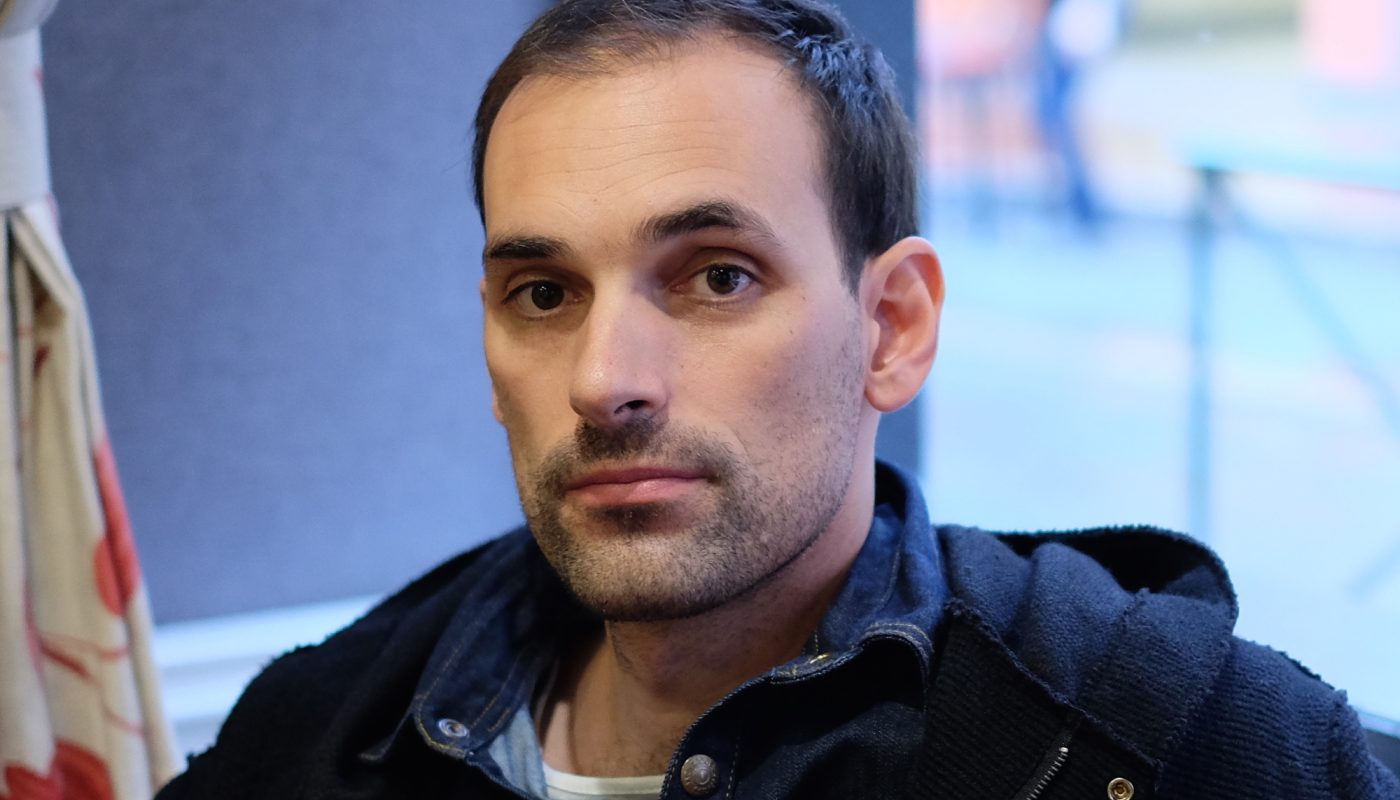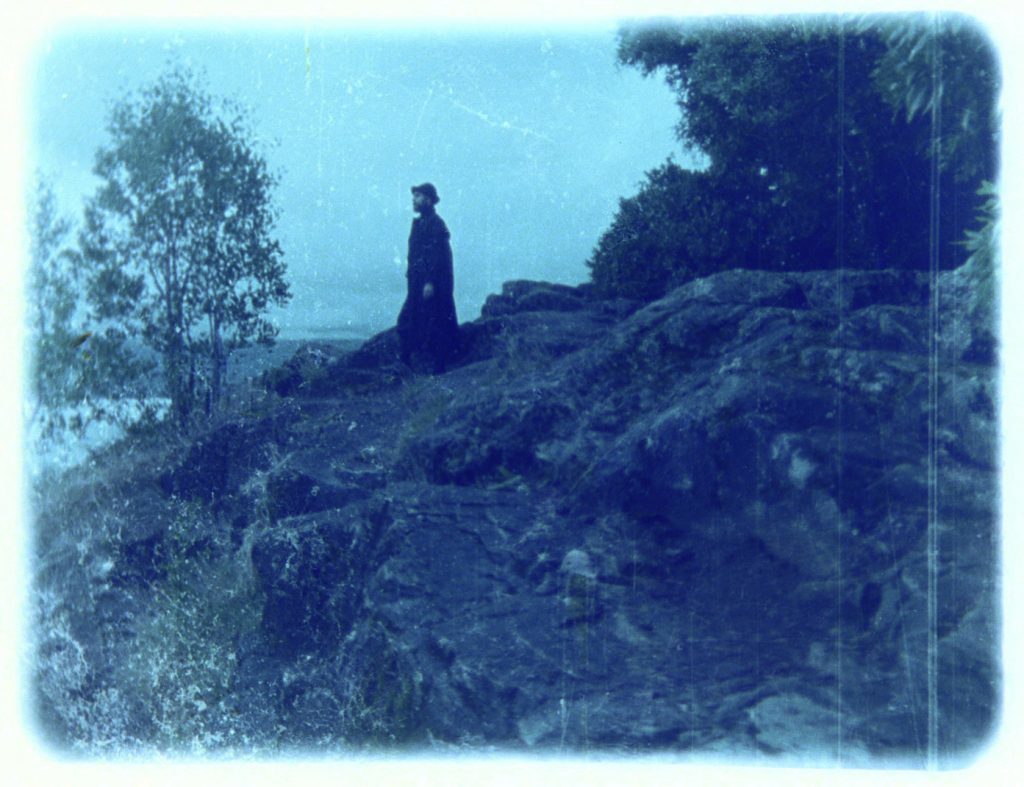

Tiger Award winner Niles Atallah on his project Rey
Niles Atallah on making Rey, his vision and inspirations.
Geplaatst op 28 mei 2018Niles Atallah, a prominent Chilean Director that was born in California, USA, agreed to give an interview for CineSud Magazine and told us about his inspirations, points of view on different kind of arts and how he came up with the idea of making film Rey which received the Special Jury Award Tiger Competition at one the most popular Film Festivals in Rotterdam.
“As a filmmaker I feel I am in a constant act of reflection about what I hear, see and feel and how it is possible to manifest these complex states in a film.”

Why cinema?
To begin with, returning to the conception of Rey, it is essential to turn to the starting point of the project which can give us an answer to the question: why has Niles chosen to make a film in the first place, not preferring to write a book or create a musical composition? According to the Chileandirector, the main nature of cinema allows filmmakers to confront reality in his/her special way, therefore the film is the result of this process.
Niles says: “As a filmmaker I feel I am in a constant act of reflection about what I hear, see and feel and how it is possible to manifest these complex states in a film. The issue is how cinematography can do this, obviously, since the art of cinema is very different from music, literature, theater, and visual arts, but at the same time it is nourished by all of them.” What is more, Atallah thinks that only with the help of cinema it is possible to make the pictures that are believed to be the real reflection of humanity, national history and so on. Despite the positive effect of the cinematography, it can also show false images or urge prejudice and ignorance about the way we build ourselves.
French provincial lawyer
As far as Niles Atallah is concerned, the reason why he decided to make a historical film was the story of “Rey – Orelie-Antoine de Tounens”, a French provincial lawyer, and his desire to create a kingdom in a foreign land. The director was inspired by the dedication of the King to his dream. Niles says: “To me it was very complex, simultaneously absurd, exciting, heroic and pathetic. The way how this man continued moving onwards, in spite of all the obstacles and sane sense, achieving his goals and following his dream that seemed to be mad to everyone else,” Niles remembers.
“This character is really an archetype of a Romantic Poet, thus in this figure I was confronted with so many complexities: I was repulsed by his lust for dominion and power, but also pitied him and admired his strength and enthusiasm.” However, Orelie-Antoine failed in the physical reality and succeeded in his imagination. Niles considers his kingdom of dreams that he created to be very similar to cinema and the work a filmmaker does. “Actually, the main character of Rey can be compared to Sisyphus, who was struggling all his life against a burden that was impossible to shake off. And by letting go of this burden, he would lose himself. It’s better to suffer against the strains of a fate impracticable to attain than to lose one’s own sense of identity.”

The creation of masks
What about the masks in Rey, they are present for a variety of factors, however Niles hesitates to reveal concrete “meanings” behind things in the film and wants the audience of the film to understand these tricky elements in their own way. He chooses to speak more generally about the project and how the film was engendered from the director’s confrontation with the character and the investigations he has been doing for lots of years. When Niles began to investigate the figure of Orelie-Antoine he realized that there was a huge number of holes in the historical archives. Atallah comments: “Since there were no film archives of him [as he lived before cinematography was invented, red.] I made a decision to create them myself. Nevertheless, instead of simply mocking historical archives I imagined them to be magical, consist of an inner landscape of the character and how this inner life combines with an external reality.” In fact, in Rey there isn’t very differentiation that cannot be made: between the inner and the outer. We cannot take these things apart, they are profoundly united in the film. So, Orelie-Antoine looks at himself in the film, he sees and remembers himself, as a person with multiple manifestations.
In Atallah’s point of view, people are converted into things or into icons, representations of ideas. They stop being humans and eventually become statues in a wax museum. And the film as the process of historical reconstruction helps us to embody these fictional objects, substitutes of the dead, as if they were real flesh and bone. Niles shares: ”I wanted to provoke these feelings in my spectators, that we are not watching something real but something that is staged and artificially reconstructed.” There are clearly some questions arise: for instance, how can we believe in something when we know it has been made by someone else? Here, in Rey the costumes and masks are absurd, clearly fake. For the Chilean director it is a game of reflections, a hall of mirrors that invites us to doubt what we see, and the way we see. Niles Atallah adds: “Rather than ‘reconstructing’ the events that we see in the film I decided to examine the multiplicity of versions. Through confronting Orelie-Antoine’s many faces I feel that a doorway in the film is opened and can lead the spectator to knowledge of ‘who he was’ and realize this to be an illusion.” It’s impossible to know who anybody was in real. To director’s mind, all in all Orelie-Antoine remains a total mystery, even after years of investigation, because of the historical record being full of holes, which inevitably leads us towards the fabrication of narratives and appearance of legends.
Burying of Rey
Another interesting feature of Rey is the burying of the film before it was released. The reason for it has sometimes been misinterpreted as just a way to deteriorate it, as an “special effect” of trying to make it look old or attract the attention of public. However, Niles says that the cause of burying goes far beyond this, it reaches into the roots of where the narrative actually comes from and how he first noticed and began to observe the main character, the inside of his mind and how it fuses with external space. He claims: “The act of burying and unearthing and the way the soil acted upon the film emulsion hasn’t been simply to make the film seem old. It becomes a way of accessing the workings of time as an active force on material and also the process that brought to the surface hidden things within my own mind, such as ideas and emotions that led to the creation of the script.”
IFFR
All the efforts that were contributed to the creation of Rey were not wasted, Niles Atallah and his entire crew won the award on the Special Jury Award Tiger Competition at IFFR 2017. Being extremely happy to receive such acknowledgement, the Chilean director expresses his impressions about it: “Winning the prize at Rotterdam was a wonderful recognition for the film, the entire cast and crew that worked on it. The film was years in the making and overcame a lot of obstacles. This kind of recognition is important for distribution and since we have so little resources for distributing the film, it is very much appreciated!”